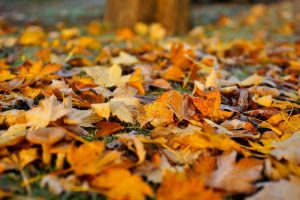 Leaves Changing Color In The Fall in Austin, TX
Leaves Changing Color In The Fall in Austin, TX
Premature Fall Coloration
Color-changing leaves make for a beautiful display, but early changes in leaf-color can be a sign that your tree is stressed and is susceptible to insect and disease attack. If the leaves on your trees seem to have gotten a jump-start on fall compared with those on similar trees in the area, then you might want to consult a professional technician, who can identify any problems and offer possible solutions. Premature colors can be an indication that a tree isn’t vigorous enough to withstand insects and disease organisms that may attack it, not to mention the usual changes that occur when the weather turns cold. Occasionally only one or two limbs of the tree will show premature fall color. This could be a sign of a disease at work, weakening only the infected limbs. The more common situation is for the entire tree to exhibit premature fall coloration, a phenomenon usually linked to root-related stress. Trees respond to these stresses by trying to curtail their above-ground growth.
